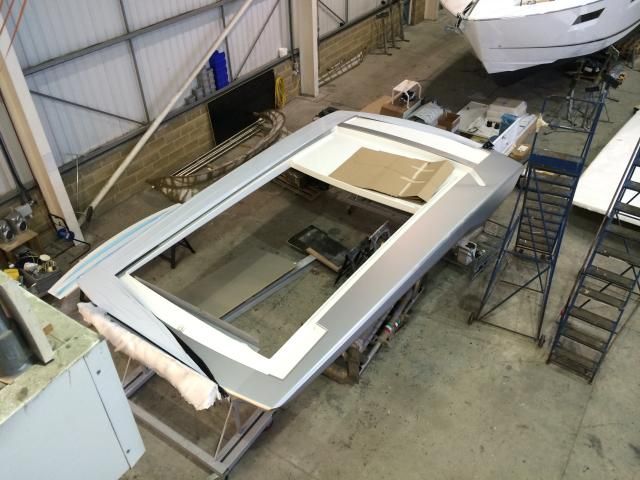MapisM
Well-Known Member
LOL, reminds me of the old (allegedly) Chinese saying:Marriage is all about negotiation (well bribery actually)
When you come back home from work, hit your wife a bit. You don't know the reason, but she does.
...I'll get my coat...















